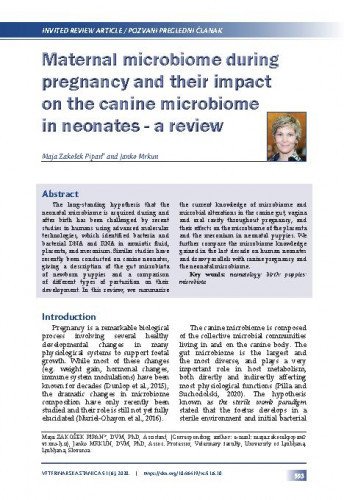The duodenum, jejunum and ileum are parts of the small intestine and the sites of the terminal stages of enzymatic digestion, and the majority of nutrient, electrolyte and water absorption. The apical, luminal membrane of the enterocyte is built of numerous microvilli that increase the absorptive surface of the cell. Carbohydrates, in the form of monosaccharides, oligosaccharides and especially polysaccharides, make up the largest quantitative and energetic part of the diet of most animals, including humans. Galactose, fructose and glucose, the final degradation products of polysaccharide and oligosaccharide enzymatic digestion, can be absorbed by enterocytes either by active transport or by facilitated diffusion. In the small intestine, the transepithelial transport of glucose, the most abundant monosaccharide after carbohydrate digestion and the main source of energy, is performed by a specific membrane transporter located in the brush border membrane of the enterocyte, the sodiumglucose cotransporter 1 (SGLT1). While SGLT1 transports glucose across the brush border membrane, a specific basolateral membrane glucose transporter, the sodium-independent glucose transporter 2 (GLUT2), transfers glucose out of the enterocyte down the concentration gradient. The sodium-potassium pump (Na/KATPase), as a sodium and potassium ion transporter, is functionally closely related to the sodium-dependent SGLT1. Na/KATPase is responsible for maintaining the electrochemical gradient of sodium ions, as the driving force for glucose transport via SGLT1. Transepithelial transport of glucose in the small intestine and the differentiation of enterocytes occurs relatively early during the foetal period, allowing glucose to be absorbed from ingested amniotic fluid. Nutrient transport is possible along the whole villus-crypt axis during intrauterine development, while transport shifts toward the villus tip in the mature small intestine.; Duodenum, jejunum i ileum dijelovi su tankog crijeva gdje se dovršava enzimatska razgradnja i najveći opseg apsorpcije hranjivih tvari, elektrolita i vode. Apikalna, luminalna stanična membrana enterocita građena je od brojnih mikrovila koji povećavaju apsorpcijsku površinu stanice. Ugljikohidrati, u obliku monosaharida, oligosaharida i posebno polisaharida, čine najveći kvantitativni i energetski dio prehrane većine životinja, ali i ljudi. Galaktozu, fruktozu i glukozu, krajnje produkte enzimatske razgradnje polisaharida i oligosaharida, enterociti mogu apsorbirati aktivnim prijenosom ili olakšanom difuzijom. Transepitelni prijenos glukoze, najzastupljenijeg monosaharida nakon razgradnje ugljikohidrata i glavni izvor energija u tankom se crijevu odvija pomoću specifičnog transmembranskog prijenosnika smještenog u četkastom porubu membrane enterocita, prijenosnika glukoze ovisnog o natriju 1 (engl. sodiumglucose cotransporter 1, SGLT1). Dok SGLT1 prenosi glukozu preko četkastog poruba membrane, specifični prijenosnik smješten na bazolateralnoj membrani, prijenosnik glukoze neovisan o natriju 2 (engl. glucose transporter 2, GLUT2), prenosi glukozu iz enterocita niz koncentracijski gradijent. Natrij-kalijeva pumpa (Na/K-ATPaza), kao prijenosnik iona natrija i kalija, funkcionalno je usko povezana sa SGLT1. Na/K-ATPaza odgovorna je za održavanje elektrokemijskog gradijenta natrijevih iona, koji je pokretačka sila prijenosa glukoze putem SGLT1 prijenosnika. Transepitelni prijenos glukoze u tankom crijevu pojavljuje se relativno rano tijekom fetalnog razdoblja, zajedno s diferencijacijom enterocita, što omogućava apsorpciju glukoze iz progutane amnionske tekućine. Prijenos hranjivih tvari moguć je tijekom intrauterinog razvoja duž cijele dužine crijevne resice, dok se u zrelom tankom crijevu prijenos hranjivih tvari pomiče prema vrhu crijevne resice.
Sažetak

 Veterinarska stanica : 51,6(2020) / glavni i odgovorni urednik Marko Samardžija.
Veterinarska stanica : 51,6(2020) / glavni i odgovorni urednik Marko Samardžija.